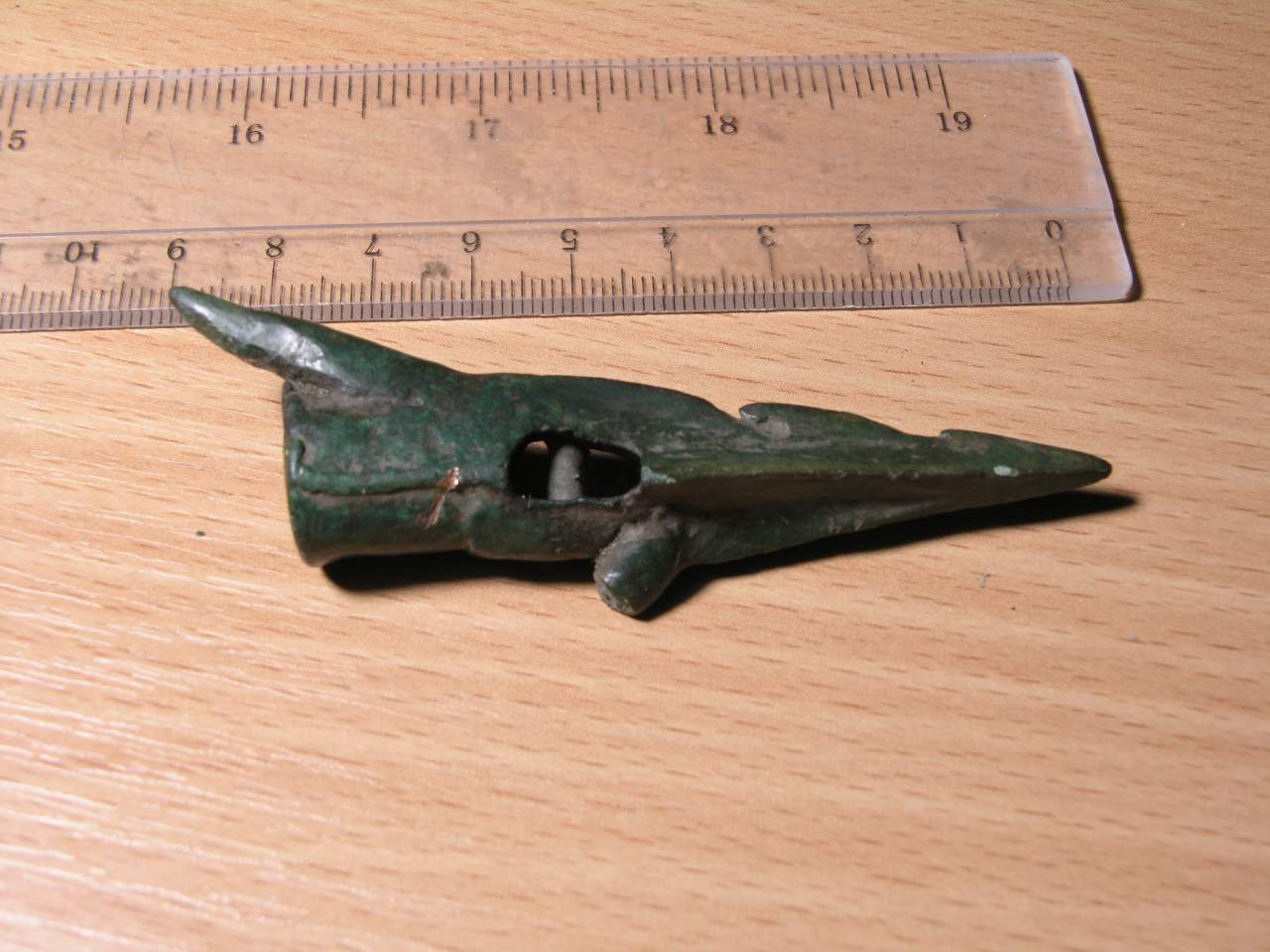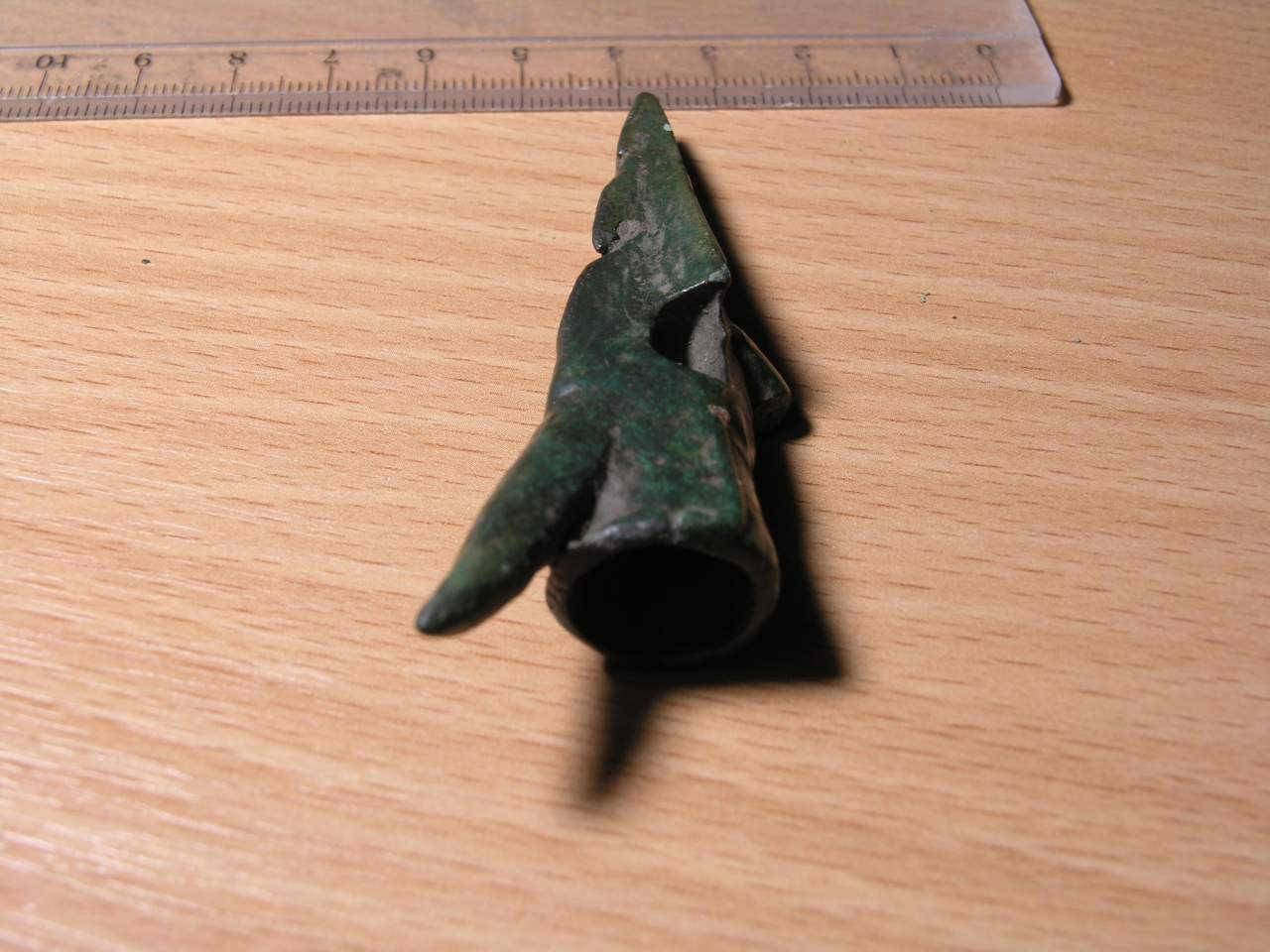
AN OVER 1,000 LB ATLANTIC BLUEFIN TUNA CAPTURE!
Published date: 2010-08-20
The action took place 2 days ago in the North Atlantic Coast and at about 170 miles off the coast in the direction off New Foundland.
At the time the main goal of the trip was again to spot giant Atlantic bluefin tuna and to do some video... In particular, at the time they do hunting herring school which are plentiful in August there.
If you plan to do this hunt, luck is the master of the game, because these great pelagics do move all the time along the North America coast and swimming from 100 to 150 miles per day!

The weather is the second parameter, because the sea must be calm if you intend to see the "herring run" and to luckily spot tuna.
Great mako and white sharks do often take part to the quarry, this is the third unforseeable parameterģ
After 3 days boating in the best weather conditions, we finally could spot on the surface a predation action: a lot of birds, two whales. Tuna were probably there hunting in a school. Each time this kind of action can last several minutes or less, then the tuna school vanishes to the depths.

I jumped from the boat among the "slaughter". Hundred and hundred birds were hunting the herrings. The water temperature was there at about 19 C degree and pretty much colder in the depth. The water was green, dirty and the viz fair at about 2 meter range. I did diving equipped with a wood speargun: the shaft with a special spear tip which can penetrate the thick tuna skin and do not rip the meat when it gets pulled.
I dove at about 50feet depth where the viz was better and I could observe a couple of times massive tunas swimming fast and moving sometimes like rockets to the surface while hunting fiercely...
I have been freediving for years several times among these fishes: it's each time the same incredible and amazing "rodeo". They do coming from nowhere and eating all the fish to the last... then they take off in a split of minutes.

As usually you never find a middle size tuna because in this kind of school which is only made of massive fish: the school was made there only of 600 to about 900 lb tuna...
I did several dives from 40 to 70 ft depth but I could not spot any tuna again. Probably several hundred tuna were hunting herrings, did they move away? At the time I was thinking " aiming and shooting a giant tuna is paradoxically pretty hard: the target is wide, but the fish is moving fast at about 10 feet per second in changing its path all the time..." a silvery and black blue huge shape swam suddenly in front of me then under my fins...
I aimed the tuna in front of the head at about 6 feet range and shot.
The shaft hit the fish in the middle of the body!

The tuna vanished in a spilt of second in taking the bungee to the depth. I grabbed it and got towed as if I should be a buoy. The power of this fish is unthinkable. I speared in summer 2009 in the Strait of Gibraltar an about 1,000lb tuna and the fight lasted about 3 hours. I have been towed without a break by this huge speared fish on about 15 miles and lost it at night.
After about thirty seconds a short break, I could get back to the surface, then the tuna took off again. The fight lasted about an hour. I suddenly felt less resistance while trying to pull the line, in vain because the fish was to heavy and I could not check it. The tuna stayed motionless at about 120ft depth and I got exhausted. The fish was dead. It has been gaffed by the captain and attached at the bow then landed on the deck with a crane.
The fish could be checked: the spear tip worked perfectly, got jammed under the skin.
The shaft hit first probably the spine

Fish has not been weighted.
The length was 124" and girth 88"!!
The weight estimated between 1,200 and 1,250 lbs.
Gear used for the catch:
┬Ģ A home-made 69" teakwood tuna gun (St. Alexander style) equipped with a (3/8) 72'' long spear Riffe and a home-made slip tip (harpoon dart style)
┬Ģ The spear is connected to the gun with a 3 mm stainless steel plastic-coated cable. Swivels, snaps, sleeves... are about 600lb resistant.
┬Ģ Five 20 mm elastic bands
┬Ģ The float line is a 75' Riffe bungie (550lb nylon line core) and the float system is T Botha board (I improved in some details) + an inflatable Riffe buoy connected to the board by a North Water Wedge SpectrX Throw Bag (used in Kayaking)Probably the greatest fish ever speared and landed by a spearo!
Attached Thumbnails
The tip of the Scythian hunter.
Here such remarkable tip one comrade has found on coast the rivers the Vorskla (Ukraine). Metal bronze. Length of 9 centimeters.
The tip is approximately 2300.

Already at that time Scythian hunters used tetrahedral tips and we just now reach before.

The principle of hunting is interesting.

The tip was put on a stick not rigidly. The hunter stuck the tip in a fish and pulled out a stick. It is interesting, that binding of a cord was in the middle of a tip. The barbs specially are not sharpened (one is broken off). The tip was developed inside a fish across and jammed. Well, the trick is farther. Place of a find - island on the middle of flood in the spring. That is depth where there passed hunting, was from 0-1 meters. And by the size of a tip, hunts was on what ģ

A very interesting cast bronze tip. The parting line of the mould can be seen where the bronze flowed into the join between the two sections of the mould. The design is not much different to detachable tips made in the early days of modern spearfishing, so these Scythian hunters were just as knowledgeable as we are today. Casting the tip so that the attachment post is shielded within a hollow to protect the attachment line from being abraded by the scales of the fish is very clever, as is the bronze casting technique to achieve this result with a removable core in the mould to create the hollow and post in the interior of the spear tip.
Thank you for sending these excellent photos of the Scythian tip. A lucky find and a very desirable object for a collector, unless it is to go to a museum. Regards, Peter